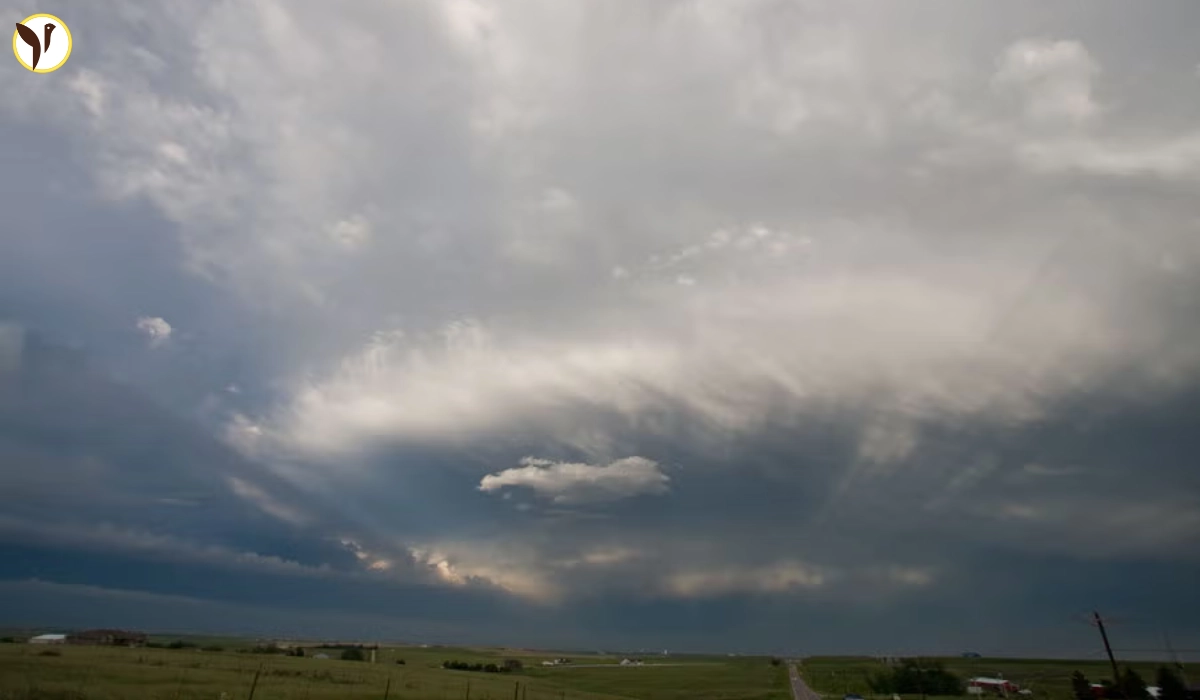Because when it hits, you won’t have time to Google “what to do in a tornado.”
🌪️ Summer Weather Is No Joke
As summer sets in, so does the risk of dangerous weather. From roaring thunderstorms and power-knocking winds to flash floods and surprise tornadoes — this season demands your attention.
Storms hit fast. Are you ready?
Whether you’re new to prepping or just need a quick checklist, this guide will walk you through how to get ahead of the chaos and protect what matters most.
🌩️ What Makes Summer Weather So Dangerous?
Summer storms aren’t just a passing inconvenience. They often show up suddenly and bring:
-
High winds strong enough to rip off shingles or take down trees
-
Hail that can crack your windshield or damage your roof
-
Tornadoes that appear with barely any warning
-
Flash flooding that can turn roads into rivers in minutes
-
Power outages lasting hours (or days)
Preparedness isn’t panic. It’s peace of mind.
✅ What You Can Do Right Now
You don’t need to build a bunker — just a little bit of thought and effort can make all the difference.
1. Set Up Emergency Alerts
Use a weather app or enable alerts on your phone. Local alerts save lives.
2. Assemble Your Emergency Kit
Every household should have:
-
Flashlights and batteries
-
Bottled water
-
Non-perishable food
-
First aid kit
-
Extra chargers
-
Important papers sealed in a bag
-
Medications
-
Pet food (if needed)
3. Pick a Safe Spot
Know the safest place in your home — ideally a basement or a windowless interior room.
4. Make a Family Emergency Plan
Know how to contact each other. Decide on a backup meeting spot in case phones go down.
5. Storm-Proof Your Home
Secure loose outdoor items, trim tree branches, and check your roof and gutters.
🔦 After the Storm: What to Watch For
Storm’s over? You’re not done yet.
-
Avoid downed power lines — they might still be live
-
Document any damage for insurance purposes
-
Check on your neighbors, especially elderly or vulnerable folks
-
Don’t drive through flooded streets — even six inches of water can cause loss of control
🧠 Final Thoughts: Don’t Wait for the Boom
Prepping for storms isn’t about being paranoid — it’s about being smart. You don’t want to be rushing to the store when the sky’s already turning black.
The truth is, you never think it’ll happen to you… until it does.


/content/stories/thumb/thumb691d8a15dd6d49.24801741.webp)
/content/stories/thumb/thumb691d677e3e1493.00714451.webp)
/content/stories/thumb/thumb691d6869b1f544.98277568.webp)
/content/stories/thumb/thumb691d5a7995a377.09771198.webp)
/content/stories/thumb/thumb691c6883320f32.63242210.webp)


